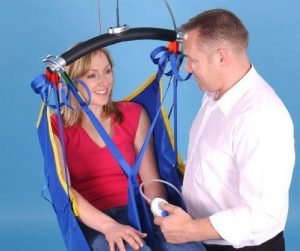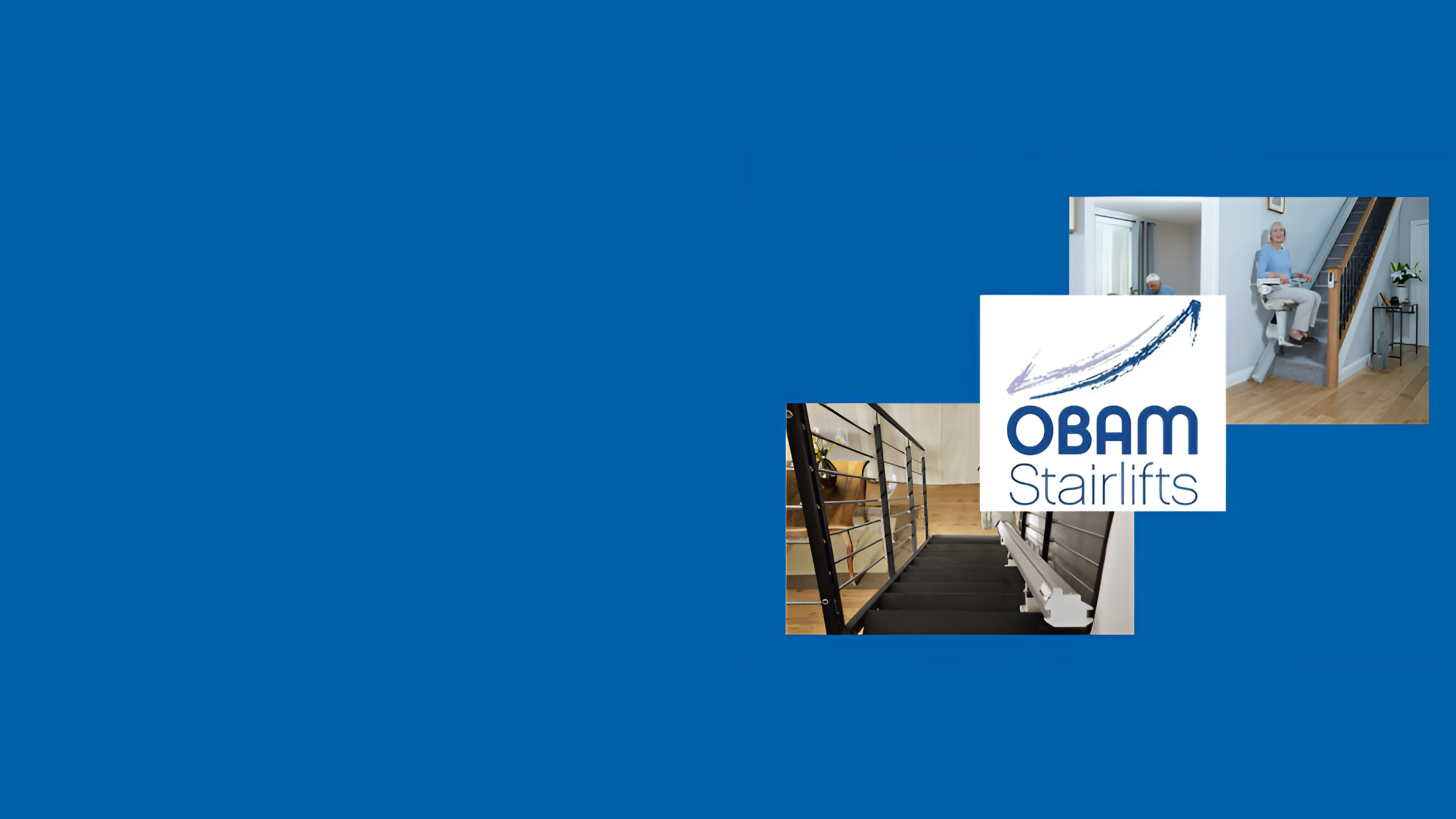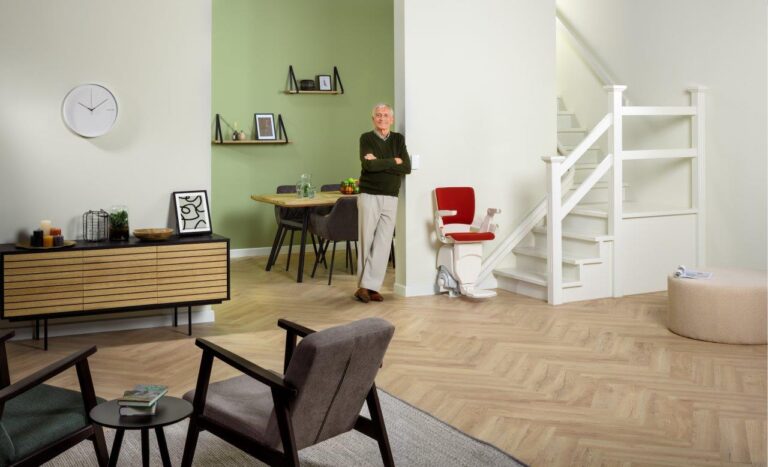For an older p erson or someone living with complex physical disabilities, accepting care and support with day-to-day activities can be challenging. Especially when your mobility becomes limited. You’re faced with the loss of your sense of independence. This may make you feel confused, fearful, guilty or even angry.
erson or someone living with complex physical disabilities, accepting care and support with day-to-day activities can be challenging. Especially when your mobility becomes limited. You’re faced with the loss of your sense of independence. This may make you feel confused, fearful, guilty or even angry.
Care may come from a variety of places. For instance from relatives and friends to care assistants. A range of equipment such as a wheelchair, stairlift, access ramp, lift and hoist could be required.
Fear:
Pete Morley, Director at Obam Stairlifts, explains that when it comes to investigating the use of hoists in particular, fear can be one of the biggest obstacles people face.
“Using a hoist can be a frightening prospect. You’re trusting someone else to transfer you safely from one place to another. You’re handing over responsibility for your body to another human being. If I think about that, I can appreciate why people are nervous about it.”
“In my experience, people struggle to accept that they can’t physically move themselves. This could be from their bed to a chair, or from a chair to the toilet. As part of our focus on the care of our customers, we will provide information on a number of options. This enables people to choose the best system for their particular needs.”
Using a hoist:
Pete explains that the human factor is at the heart of using a hoist. This applies equally in both the care home setting and within the family home. He said: “Professional care of this nature calls for equipment that will reduce any anxiety. It will do this by promoting trust between the person being moved and the hoist operator.”
Recent developments in hoists includes innovative wall-mounted equipment. This means that comfort for the person in the hoist as well as the ease of use for the person controlling the hoist’s movement are both high up on the list of priorities.
Installation:
Coupled with a neat appearance, wall-mounted hoists require less structural work. This therefore reduces the overall cost and disruption during installation. Meanwhile, ceiling hoists can be used in a variety of spaces. They are often called upon for people who need to move freely between multiple rooms.
By installing Ceiling tracks to run across the room, this will give people easier access, for example, to their bed and a chair. They can also run through doorways, connecting people to their bathrooms or a lounge, enabling full use of their home.
Pete adds: “In a care home situation hoists can transfer people between their bedroom and bathroom. In addition, they can provide a safe transition from a bed into a wheelchair thereby giving people better access to additional rooms within the home.
“This improved freedom to move between a bed and a chair or from room to room within a care home or family home environment can have far reaching benefits for the person using the hoist.
“Being able to enjoy meals with family or take part in activities with other residents can help a person remain part of a family or community and maintain relationships with those nearest to them.”
The impact of social isolation and loneliness in older adults has been well documented in recent years. Those affected are often at greater risk of poorer mental health and incidents of falling and hospital stays.
A 2016 report on building companionship by Demos included a recommendation to encourage active citizenship among the older generation. This includes peer-led activities, such as group outings. It also includes collaborative work with local businesses.
This new wave of innovation, along with engaging care packages and the continual development of mobility equipment, including hoists, will promote wellbeing. By helping older people overcome mobility problems as they age their wellbeing will improve.
For more information on the different adaptation products available, including hoists, please visit www.obam.co.uk





